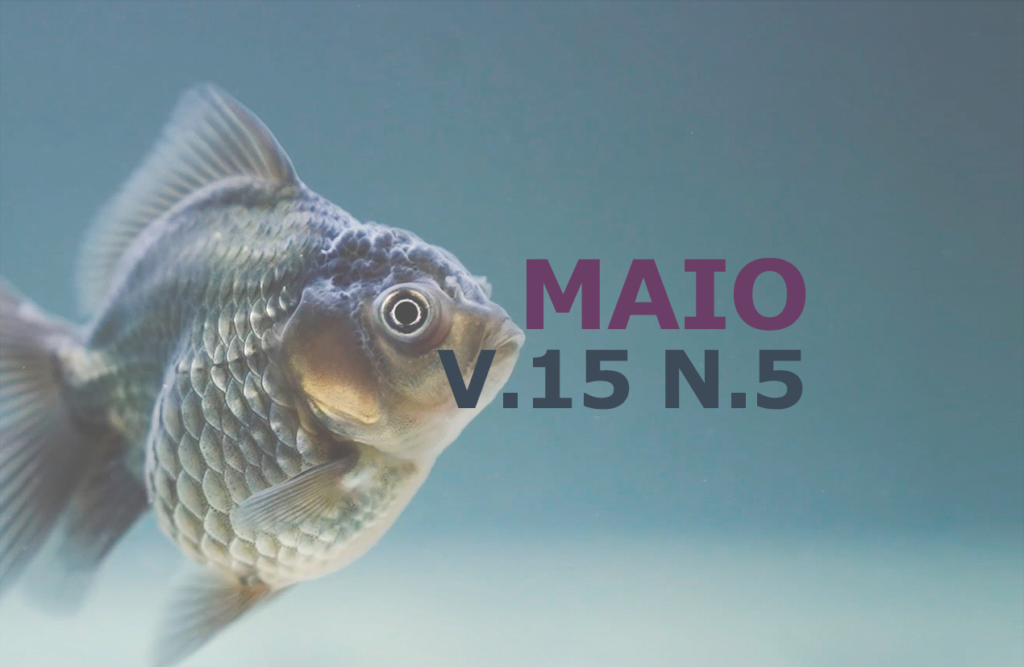Uso de pele de tilápia em disjunção de sínfise mandibular em felino: Relato de caso
DOI:
https://doi.org/10.31533/pubvet.v15n05a824.1-8Palavras-chave:
Oreochromis niloticus, pós-operatório, queimadura, sínfise mentoniana, trauma.Resumo
Os traumas mandibulares são comuns em pequenos animas e a região mais acometida em gatos é a sínfise mentoniana. Com o impacto traumático o animal apresenta um quadro de lesões com descontinuidade de tecidos anatômicos e celular, levando a fraturas expostas e não expostas. Como opções terapêuticas há métodos cirúrgicos como pino intramedular, fixação esquelética externa, cerclagem e o uso de acrílicos e placas ósseas. Para a região lesionada o indicado é o uso de curativos baratos e flexíveis proporcionando conforto e bem-estar ao paciente, para que no final alcance a consolidação da sínfise e restabeleça funcionalidade oral ao animal. Logo, surge como alternativa de material biológico, o uso da pele de tilápia do Nilo, fornecendo todas as características que o animal necessita para reepitelização, conforto, flexibilidade, excelente aderência e redução de perdas hidroeletrolíticas. Portanto esse trabalho visa relatar o uso da pele de tilápia do Nilo associado à pomada Dersani® como curativo oclusivo temporário em disjunção de sínfise mandibular após necrose epitelial, em um felino, SRD de aproximadamente 4 meses de idade. A pele foi previamente preparada no Centro Universitário do Cerrado (UNICERP), em laboratório estéril. Para isso utilizou-se solução de clorexidina dergemante a 2% e solução fisiológica 0,9%. Repetiu-se a técnica por 3 vezes, sempre removendo todo material da couraça que não seria utilizado, preservando as escamas e o couro do produto. Após a higienização, o material foi embalado, identificado e armazenado na geladeira para refrigeração, utilizando como meio de armazenamento 80% de solução fisiológica e 20% de glicerina. Em seguida, foi mensurado o tamanho das bordas com o uso de um paquímetro e posteriormente foi higienizado o local da lesão e escarificado para colocação do material biológico. A pele de tilápia foi trocada a cada 3-4 dias, sempre verificando a evolução da ferida e a presença de infecções e inflamações, durante aproximadamente 17 dias. Em suma, observamos a evolução da ferida que permanecia sempre limpa e livre de infecções, deixando o animal calmo e com bem-estar. A técnica demonstrou ser efetiva, trazendo agilidade no pós-operatório e monetariamente mais viável ao proprietário.
Downloads
Publicado
Edição
Seção
Licença
Copyright (c) 2021 Francielli Lara Machado, Danielle Cristine Borges da Silva, Carla dos Santos Taveira, Francielle Aparecida Sousa

Este trabalho está licenciado sob uma licença Creative Commons Attribution 4.0 International License.
Você tem o direito de:
Compartilhar — copiar e redistribuir o material em qualquer suporte ou formato
Adaptar — remixar, transformar, e criar a partir do material para qualquer fim, mesmo que comercial.
O licenciante não pode revogar estes direitos desde que você respeite os termos da licença. De acordo com os termos seguintes:
Atribuição
— Você deve dar o crédito apropriado, prover um link para a licença e indicar se mudanças foram feitas. Você deve fazê-lo em qualquer circunstância razoável, mas de nenhuma maneira que sugira que o licenciante apoia você ou o seu uso. Sem restrições adicionais
— Você não pode aplicar termos jurídicos ou medidas de caráter tecnológico que restrinjam legalmente outros de fazerem algo que a licença permita.





